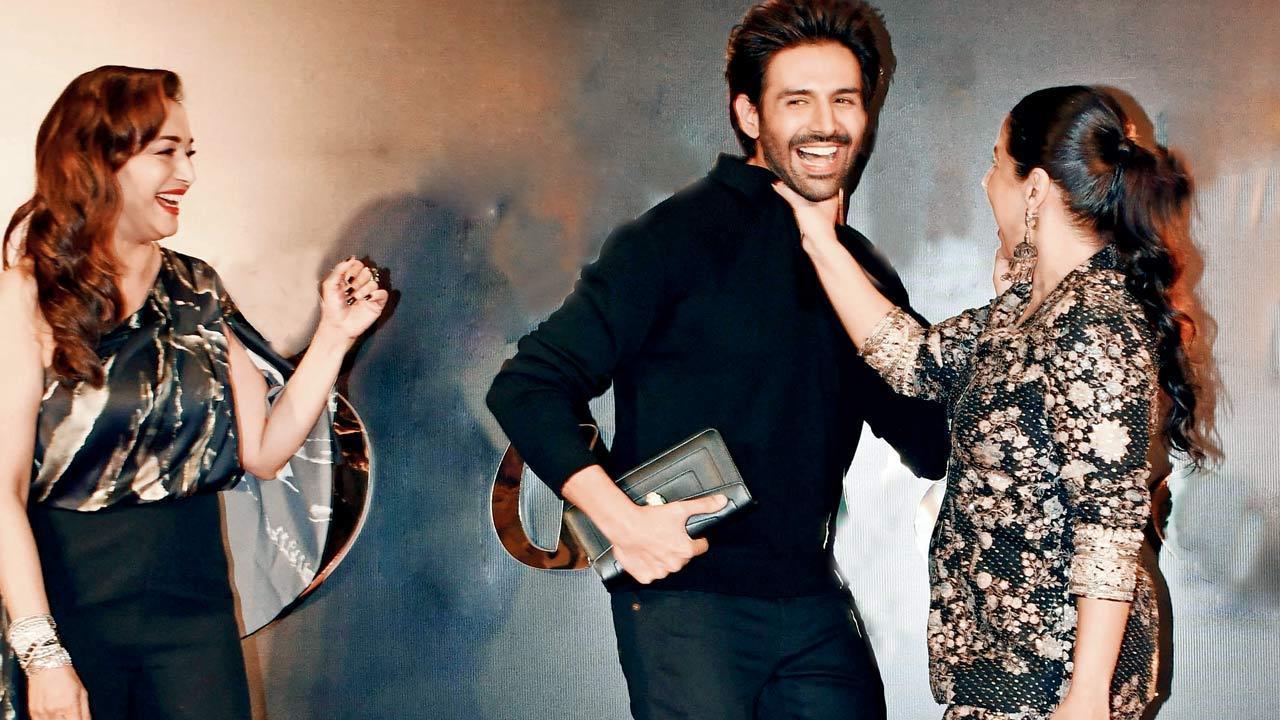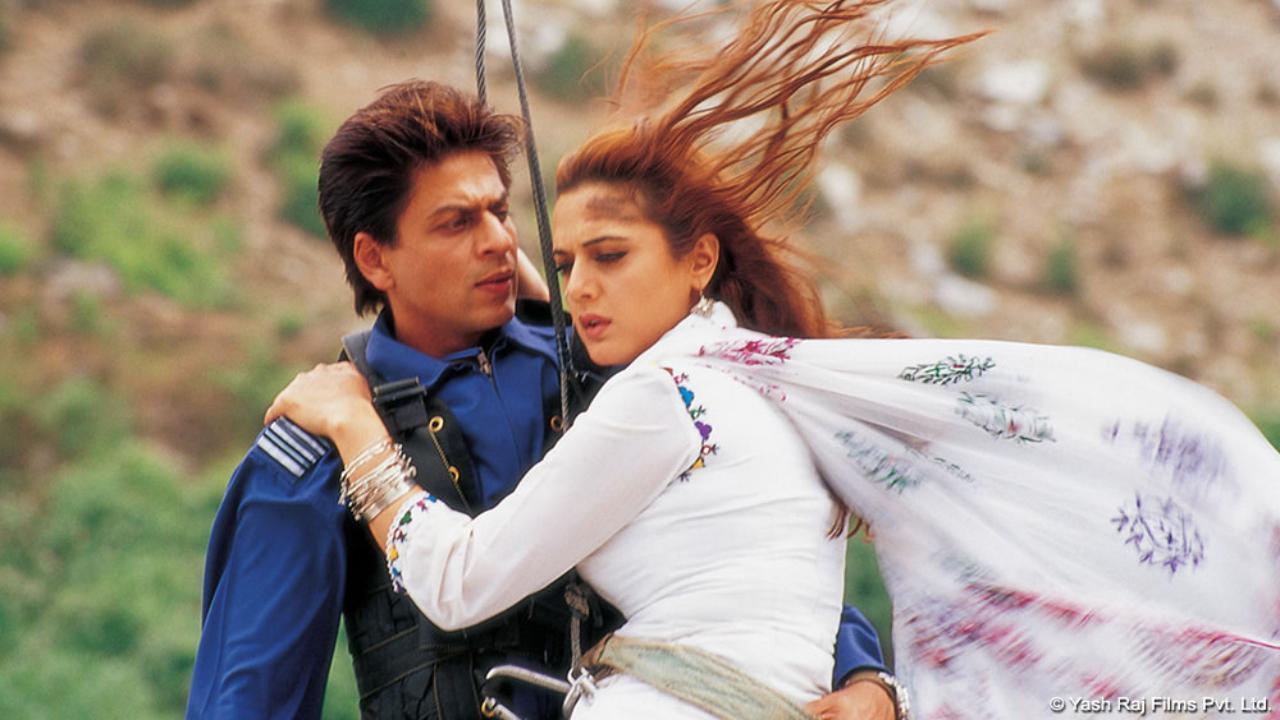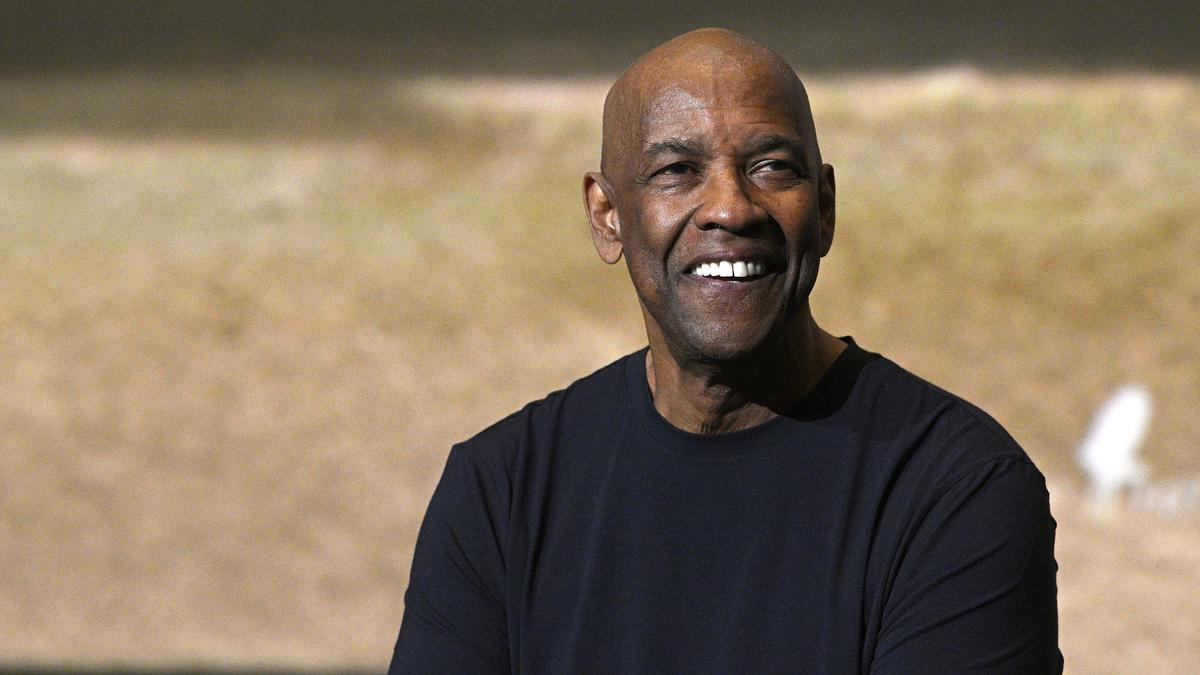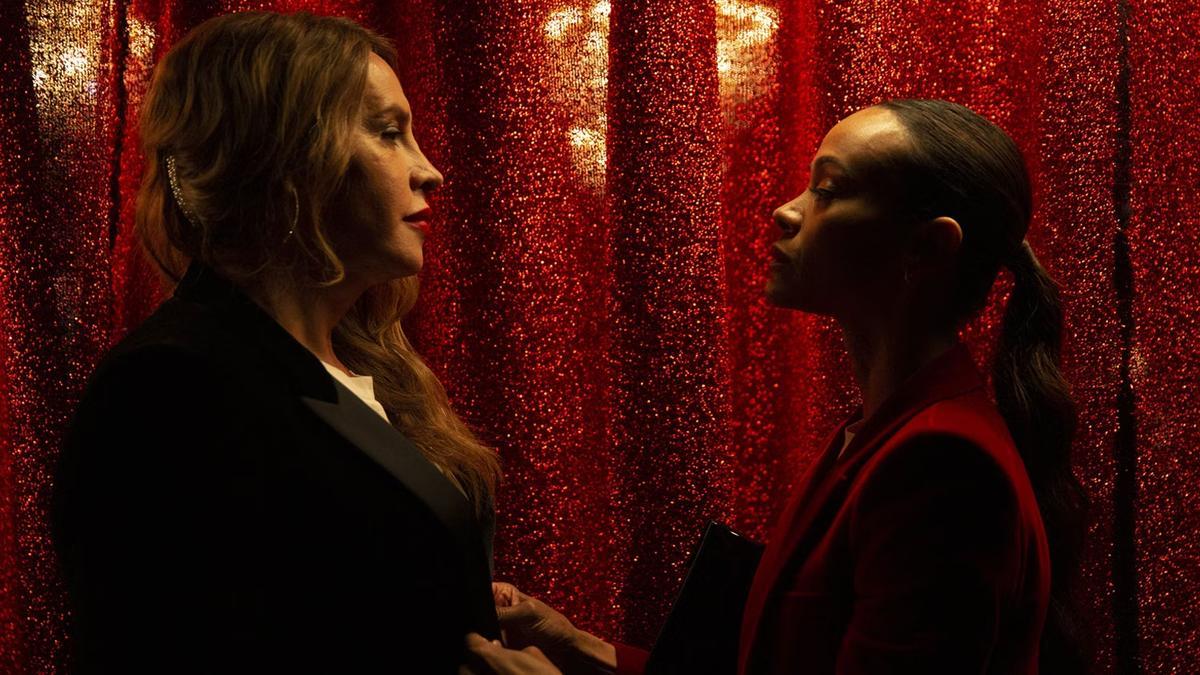
Riley, a young girl deftly portrayed by Kensington Tallman, has flourished into a well-adjusted adolescent, thanks to her core emotions: Joy (Amy Poehler), Anger (Lewis Black), Fear (Tony Hale), Disgust (Liza Lapira), and Sadness (Phyllis Smith). These vibrant characters work incessantly at Head Quarters, meticulously banishing negative memories to the recesses of Riley’s mind while fostering positive ones to fortify her Sense of Self.
Riley’s life is filled with joy, as she spends her days with her best friends, Bree (Sumayyah Nuriddin-Green) and Grace (Grace Lu). They share common interests such as playing ice hockey and attending boy band concerts. After an exhilarating hockey game, Coach Roberts (Yvette Nicole Brown) extends an invitation to the girls for a hockey camp. This camp symbolizes a potential gateway into the prestigious high school hockey team, the Fire Hawks, which features the widely admired Val Ortiz (Lilimar).
However, Riley’s transition into her teenage years brings unforeseen challenges. Upon turning 13, puberty sets off alarms, heralding the arrival of new emotions. The maintenance crew arrives first, restructuring the mental space to accommodate Anxiety (Maya Hawke), who leads a new team composed of Envy (Ayo Edebiri), Ennui (Adèle Exarchopoulos), and Embarrassment (Paul Walter Hauser)—emotions that resonate with anyone who has navigated through adolescence. Additionally, Nostalgia (June Squibb), a fuzzy and comforting presence, makes her debut.
Riley’s parents, played by Diane Lane and Kyle MacLachlan, are taken aback by the dramatic and tumultuous behavior of the new Riley. The upheaval culminates as she prepares for the hockey camp. Her anxiety intensifies when she learns that Bree and Grace will be attending a different school. This tumultuous emotional landscape sets the stage for a clash between Joy and Anxiety at the camp. Anxiety insists that Riley must meticulously plan and envision worst-case scenarios to secure her spot, while Joy advocates for a more relaxed and enjoyable approach.
.
The tension reaches its peak when the original emotions are relegated to the background, leaving the new emotions in control. The narrative follows Joy and her compatriots as they make a triumphant return, attempting to wrest control from Anxiety and her cohort. The original “Inside Out,” released in 2015, was groundbreaking, with Director Pete Docter drawing inspiration from observing the developmental changes in his daughter. The film earned widespread acclaim, winning an Academy Award for its innovative depiction of psychological and emotional growth.
“Inside Out 2” stands as a worthy sequel, brimming with psychological insight, emotional depth, creative adventure, and visual grandeur. Selecting a standout moment from the plethora of exquisitely crafted sequences is a challenge. Memorable scenes include an exhilarating escape from the vault, aided by Deep Dark Secret (Steve Purcell), Bloofy (Ron Funches), a whimsical character from a children’s show, his assistant Pouchy (James Austin Johnson), and Lance Slashblade (Yong Yea), a video game hero who once captivated Riley’s younger self.
Other notable sequences involve a brainstorming session with a hailstorm of ideas, traversing Sar-Chasm on a piece of broccoli, and navigating an avalanche of bad memories from the mind’s recesses. Despite the exceptional voice acting and mesmerizing animation, it’s the expansive imagination that truly astonishes. The depiction of the intricate workings of a growing mind is presented in a delightfully engaging manner.
“Inside Out” was heralded by both psychologists and philosophers for its profound insights and innovative approach. The sequel successfully expands this wondrous world, offering a comforting narrative on the diligent work of emotions within our mental Head Quarters, striving to bring out the best in us, particularly when overwhelmed or nearing a breakdown.
Currently playing in theatres, “Inside Out 2” continues to captivate audiences, reaffirming Pixar’s legacy in the rich tapestry of world cinema and psychological exploration. The film not only entertains but also provides a meaningful commentary on the emotional complexity of human experience, particularly during the challenging transitional periods of life. Through its imaginative storytelling and heartfelt character dynamics, “Inside Out 2” leaves an indelible mark, promising a resonant experience for viewers of all ages.










